Home>Furniture & Design>Interior Design Trends>How To Remove Glass From Skin
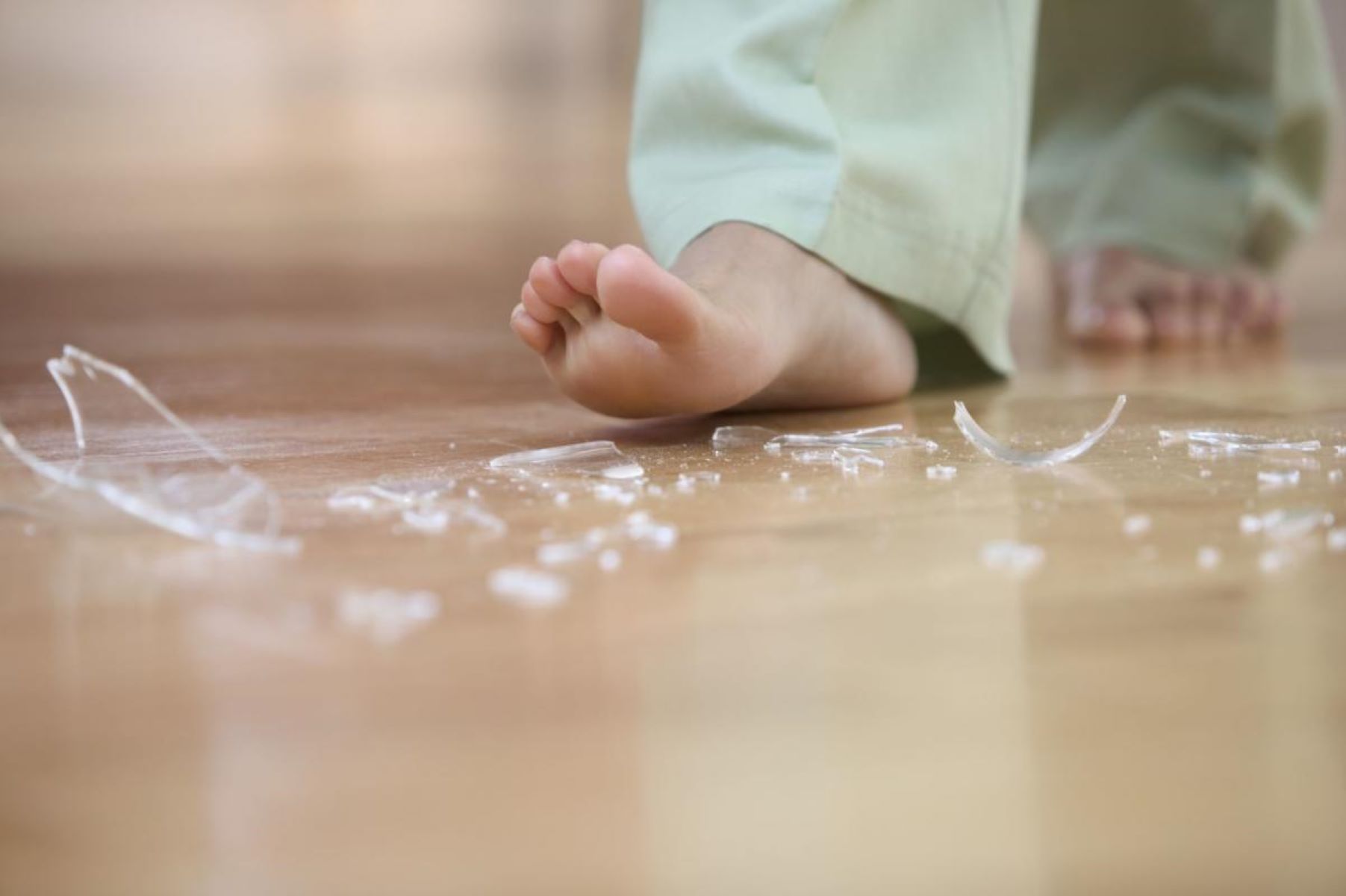

Interior Design Trends
How To Remove Glass From Skin
Published: February 8, 2024
Learn how to safely remove glass from skin with these interior design trends. Protect your home and loved ones with these expert tips.
(Many of the links in this article redirect to a specific reviewed product. Your purchase of these products through affiliate links helps to generate commission for Storables.com, at no extra cost. Learn more)
Introduction
Accidents happen, and one common mishap that many people encounter is getting a piece of glass embedded in their skin. Whether it's a tiny sliver or a larger shard, dealing with glass in the skin requires careful attention to prevent further injury and ensure proper healing. Knowing how to safely remove glass from the skin is a valuable skill that can alleviate discomfort and reduce the risk of infection.
When glass becomes lodged in the skin, it can cause pain, swelling, and potential infection if not addressed promptly and effectively. The process of removing glass from the skin should be approached with caution and precision to minimize the risk of causing additional harm. By following the appropriate steps and utilizing the right tools, it is possible to safely extract the glass and promote healing.
In this guide, we will walk through the essential steps for removing glass from the skin, from assessing the situation to treating the wound after the glass has been removed. By understanding and implementing these steps, individuals can confidently address this common issue and provide proper care for themselves or others in need. Let's delve into the detailed process of safely and effectively removing glass from the skin to ensure a smooth and successful outcome.
Key Takeaways:
- Safely removing glass from the skin requires assessing the situation, gathering supplies, and carefully extracting the glass to minimize infection and promote healing.
- Properly treating the wound post-extraction with gentle cleansing, antiseptic application, and monitoring supports the body’s natural healing process and reduces the risk of complications.
Read more: How To Remove Foam Insulation From Skin
Step 1: Assess the situation
Before attempting to remove the glass from the skin, it is crucial to carefully assess the situation to determine the extent of the injury and the best course of action. This initial step sets the foundation for a safe and successful glass removal process.
First and foremost, it is essential to evaluate the size and depth of the glass embedded in the skin. A superficial sliver may be more straightforward to address, while a larger or deeper shard may require more specialized care. Assessing the location of the glass within the skin is also critical, as it can impact the approach to removal and the potential risks involved.
Next, it is important to observe any signs of swelling, redness, or inflammation around the affected area. These symptoms can indicate the body's natural response to the foreign object and may influence the urgency of the glass removal process. Additionally, assessing the level of pain and discomfort experienced by the individual can provide valuable insight into the severity of the situation.
Furthermore, identifying any potential complications, such as broken glass fragments or multiple pieces lodged in the skin, is essential during the assessment. Understanding the nature of the glass and the circumstances surrounding the injury can help determine the appropriate tools and techniques needed for safe extraction.
In some cases, if the glass is deeply embedded or if there are concerns about causing further injury during removal, seeking professional medical assistance may be the best course of action. Assessing the individual's overall health and any pre-existing medical conditions is also important, as certain health factors may impact the approach to glass removal and subsequent wound care.
By thoroughly assessing the situation, individuals can make informed decisions about the next steps in the glass removal process. This careful evaluation sets the stage for a methodical and effective approach to addressing the presence of glass in the skin, ultimately promoting a successful outcome and supporting the individual's overall well-being.
Step 2: Gather necessary supplies
Gathering the necessary supplies is a crucial preparatory step before attempting to remove glass from the skin. Having the right tools and materials on hand can streamline the process and ensure that the extraction is carried out safely and effectively. Here's a detailed look at the essential supplies needed for this task:
-
Clean Water and Soap: Before initiating the glass removal process, it's important to thoroughly clean the affected area with mild soap and water. This helps reduce the risk of infection and prepares the skin for the extraction procedure.
-
Sterile Tweezers or Needles: Sterile tweezers or needles are essential for carefully grasping and extracting the glass from the skin. It's crucial to ensure that these tools are sanitized to minimize the risk of introducing bacteria or causing additional injury.
-
Magnifying Glass: A magnifying glass can be incredibly helpful, especially when dealing with tiny glass slivers that may be difficult to see with the naked eye. Enhanced visibility can aid in locating and extracting the embedded glass more precisely.
-
Antiseptic Wipes or Solution: Antiseptic wipes or a gentle antiseptic solution should be readily available to disinfect the area before and after glass removal. This helps reduce the risk of infection and promotes proper wound care.
-
Sterile Gauze and Adhesive Bandages: Once the glass has been removed, sterile gauze and adhesive bandages are essential for covering and protecting the wound. These supplies help prevent dirt and bacteria from entering the site and support the healing process.
-
Pain Relievers: Over-the-counter pain relievers, such as ibuprofen or acetaminophen, can be beneficial for managing any discomfort or pain associated with the glass removal process. It's important to follow the recommended dosage and guidelines for safe use.
-
Disposable Gloves: Wearing disposable gloves is crucial to maintain a hygienic environment and prevent the introduction of bacteria from the hands into the wound. This protective measure is essential for minimizing the risk of infection.
-
Flashlight: A flashlight can aid in illuminating the affected area, especially if the glass is embedded in a location with limited visibility. Proper lighting is essential for accurately assessing and addressing the situation.
By gathering these necessary supplies, individuals can approach the glass removal process with confidence and preparedness. Having these tools and materials readily available can facilitate a smooth and controlled extraction, ultimately promoting optimal wound care and minimizing the risk of complications.
Step 3: Clean the affected area
Properly cleaning the affected area is a critical step in the process of removing glass from the skin. Thoroughly cleansing the skin helps minimize the risk of infection and prepares the site for the safe extraction of the embedded glass. Here's a detailed guide on how to effectively clean the affected area:
-
Gentle Washing: Begin by gently washing the area surrounding the embedded glass with mild soap and lukewarm water. Using a clean cloth or gauze, carefully lather the soap and gently cleanse the skin around the site of the injury. Avoid scrubbing vigorously, as this can cause irritation and potentially dislodge the glass.
-
Rinsing: After cleansing the area with soap, rinse the skin thoroughly with clean water to remove any residual soap or debris. Ensure that the water is lukewarm, as water that is too hot or too cold can cause discomfort and may not be conducive to proper cleansing.
-
Pat Dry: Once the area has been rinsed, pat the skin dry with a clean, soft towel or gauze. Avoid rubbing the skin, as this can aggravate the area and increase the risk of irritation. Gently blotting the skin ensures that it is clean and ready for the next steps in the glass removal process.
-
Antiseptic Application: After the skin has been thoroughly cleansed and dried, apply an antiseptic solution or use antiseptic wipes to disinfect the area surrounding the embedded glass. This step is crucial for reducing the risk of infection and creating a clean environment for the glass removal procedure.
-
Avoiding Harsh Chemicals: When selecting an antiseptic solution, it's important to choose a gentle, non-irritating formula that is suitable for use on the skin. Harsh chemicals or strong disinfectants may cause unnecessary discomfort and can potentially damage the skin.
By following these steps to clean the affected area, individuals can create an optimal environment for safely removing the glass from the skin. Proper cleansing sets the stage for a controlled and hygienic glass extraction process, ultimately supporting the individual's well-being and promoting effective wound care.
Use a small piece of duct tape to gently press against the skin with the glass. Slowly peel the tape off to remove the glass. If the glass is embedded or deep, seek medical attention.
Step 4: Remove the glass
After assessing the situation, gathering the necessary supplies, and cleaning the affected area, the next crucial step is to carefully remove the glass from the skin. This process requires precision, patience, and a methodical approach to ensure that the glass is extracted safely and effectively.
-
Enhanced Visibility: Before attempting to remove the glass, it is essential to ensure optimal visibility of the affected area. Using a magnifying glass or a well-lit environment can aid in clearly identifying the embedded glass and its precise location within the skin. Enhanced visibility is particularly important when dealing with tiny slivers or shards that may be challenging to detect with the naked eye.
-
Sanitize Tools: Prior to extraction, it is imperative to sanitize the tweezers or needles that will be used to remove the glass. Cleaning these tools with rubbing alcohol or disinfectant wipes helps minimize the risk of introducing bacteria into the wound during the extraction process. Additionally, wearing disposable gloves is crucial to maintain a hygienic environment and prevent contamination.
-
Gentle Extraction: Using the sanitized tweezers or needles, carefully grasp the protruding end of the glass, if visible, and gently pull it out in the same direction it entered the skin. It is important to exercise caution and avoid applying excessive force, as this can cause the glass to break or splinter, leading to further complications.
-
Deeply Embedded Glass: In cases where the glass is deeply embedded or not visibly protruding from the skin, it may be necessary to use a needle to carefully lift the edge of the glass to facilitate its removal. This delicate maneuver should be performed with precision to avoid causing additional injury or pushing the glass deeper into the skin.
-
Seeking Medical Assistance: If the glass is lodged in a sensitive or hard-to-reach area, or if there are concerns about causing further harm during the extraction process, seeking professional medical assistance is advisable. Healthcare professionals have the expertise and specialized tools to safely remove deeply embedded glass and provide appropriate wound care.
-
Post-Extraction Care: Once the glass has been successfully removed, the affected area should be gently cleansed with antiseptic wipes or solution to disinfect the wound. Applying a sterile adhesive bandage or gauze can help protect the site and promote healing. Monitoring the area for any signs of infection, such as increased redness or swelling, is important in the days following the extraction.
By following these meticulous steps for removing the glass from the skin, individuals can navigate the process with care and precision, ultimately promoting proper wound care and minimizing the risk of complications. Safe and effective glass removal sets the stage for the final step in the process: treating the wound to support optimal healing and recovery.
Read more: How To Remove Resin From Glass
Step 5: Treat the wound
After successfully removing the glass from the skin, it is crucial to provide proper treatment to the wound to support healing and minimize the risk of infection. Treating the wound effectively is essential for promoting optimal recovery and ensuring the individual's overall well-being.
-
Gentle Cleansing: Begin by gently cleansing the area surrounding the wound with mild soap and water. Carefully pat the skin dry with a clean, soft towel or gauze to prepare the site for further treatment. It is important to avoid harsh scrubbing or rubbing, as this can cause irritation and disrupt the healing process.
-
Antiseptic Application: Apply an antiseptic solution or use antiseptic wipes to disinfect the wound. This step helps reduce the risk of infection and creates a clean environment for the healing process. It is essential to use a gentle antiseptic solution that is suitable for use on the skin to avoid unnecessary discomfort.
-
Applying Antibiotic Ointment: After disinfecting the wound, applying a thin layer of antibiotic ointment can further protect the site and promote healing. The antibiotic ointment creates a barrier against bacteria and helps prevent the wound from drying out, supporting the body's natural healing mechanisms.
-
Covering the Wound: Using sterile gauze or adhesive bandages, cover the treated wound to protect it from external contaminants and minimize the risk of further injury. It is important to ensure that the covering is secure but not too tight, allowing the skin to breathe while maintaining a protective barrier.
-
Monitoring and Care: Keep a close eye on the treated wound in the days following the glass removal. Watch for any signs of infection, such as increased redness, swelling, or discharge. If there are concerns about the healing process or if the wound shows signs of infection, seeking medical attention is advisable.
-
Pain Management: Over-the-counter pain relievers, if necessary, can be used to manage any discomfort associated with the wound. It is important to follow the recommended dosage and guidelines for safe use of pain relievers to alleviate any pain or soreness.
By providing thorough treatment to the wound, individuals can support the body's natural healing process and minimize the risk of complications. Proper wound care is essential for ensuring that the skin heals effectively and that the individual can resume their regular activities with minimal discomfort.
Conclusion
In conclusion, knowing how to safely remove glass from the skin is a valuable skill that can empower individuals to address common injuries with confidence and precision. The process of extracting glass from the skin requires careful assessment, preparation, and methodical execution to ensure optimal outcomes and promote effective wound care.
By thoroughly assessing the situation, individuals can gain valuable insights into the nature of the injury and the best approach to glass removal. Understanding the size, depth, and location of the embedded glass sets the stage for a well-informed and strategic extraction process. Additionally, being mindful of any signs of swelling, redness, or discomfort provides essential cues for the urgency and approach to glass removal.
Gathering the necessary supplies, including clean water and soap, sterile tweezers or needles, antiseptic wipes or solution, and protective gloves, is essential for a smooth and controlled glass removal process. These supplies not only facilitate safe extraction but also contribute to creating a hygienic environment that supports proper wound care.
The meticulous steps involved in cleaning the affected area, removing the glass with precision, and treating the wound post-extraction are crucial for promoting optimal healing and minimizing the risk of infection. From gentle washing and antiseptic application to applying antibiotic ointment and securely covering the treated wound, each step plays a vital role in supporting the body's natural healing mechanisms.
Ultimately, the ability to safely remove glass from the skin empowers individuals to take proactive measures in addressing injuries and providing essential care for themselves and others. By following the comprehensive steps outlined in this guide, individuals can navigate the glass removal process with confidence and competence, ultimately promoting their overall well-being and supporting effective wound management.
In the event of deeply embedded glass or concerns about the extraction process, seeking professional medical assistance is advisable to ensure safe and specialized care. Prioritizing proper wound care and monitoring the healing process in the days following glass removal is essential for promoting successful recovery and minimizing the risk of complications.
By equipping individuals with the knowledge and skills to safely remove glass from the skin, this guide aims to empower readers to approach injuries with preparedness and confidence, ultimately contributing to a safer and healthier environment for all.
Frequently Asked Questions about How To Remove Glass From Skin
Was this page helpful?
At Storables.com, we guarantee accurate and reliable information. Our content, validated by Expert Board Contributors, is crafted following stringent Editorial Policies. We're committed to providing you with well-researched, expert-backed insights for all your informational needs.
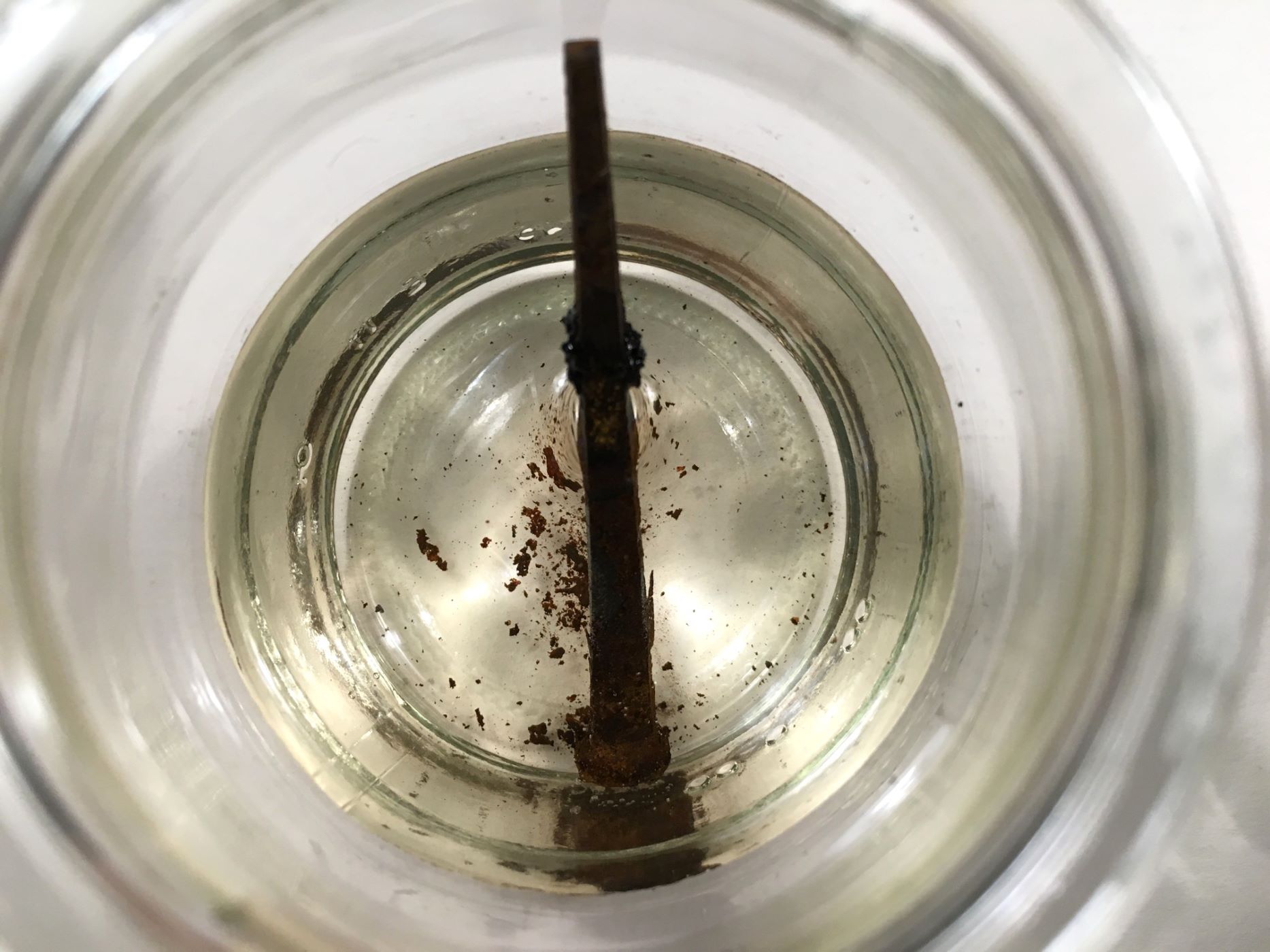
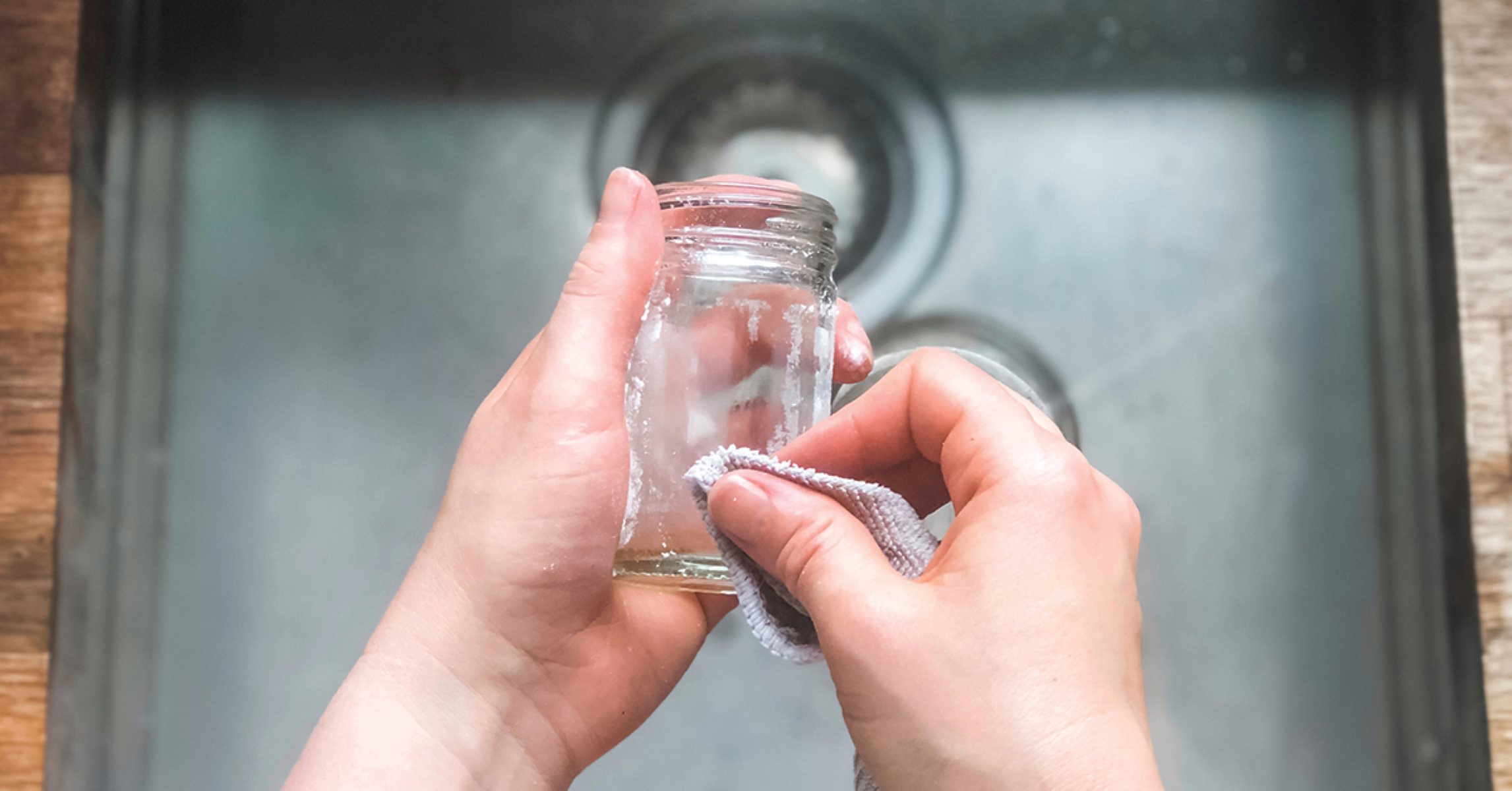
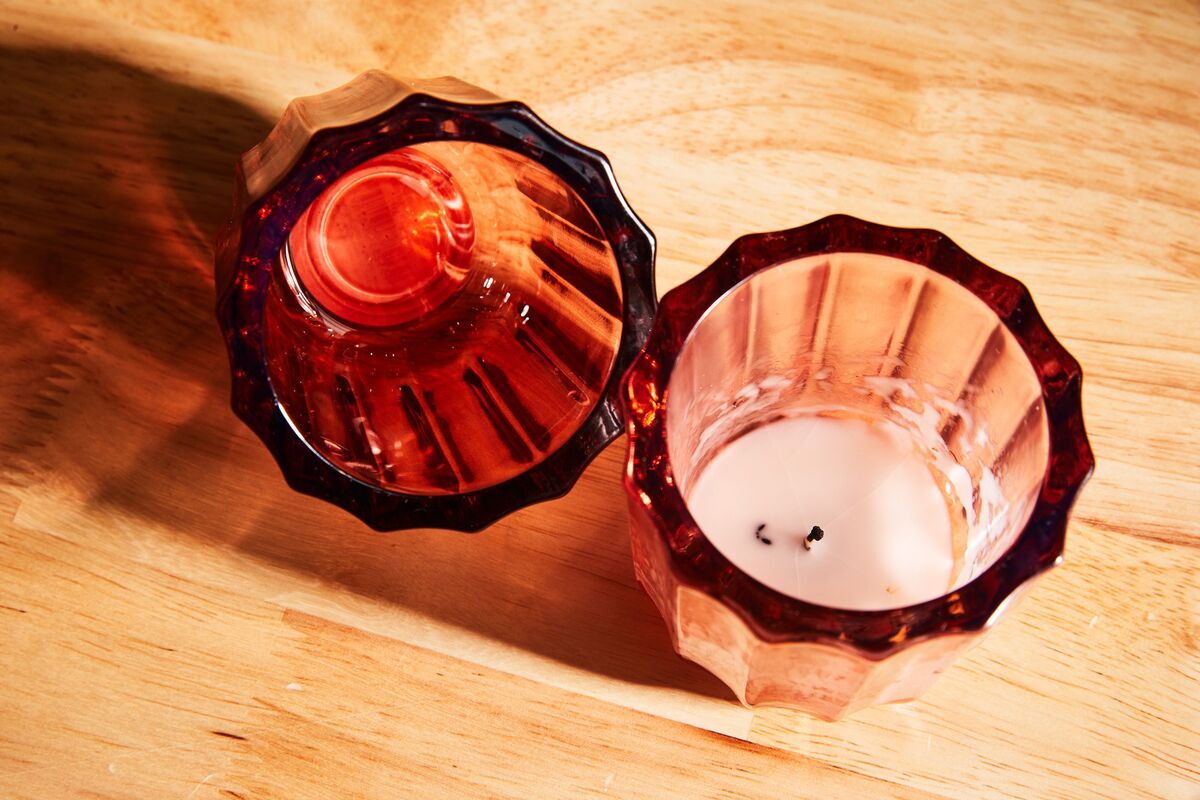
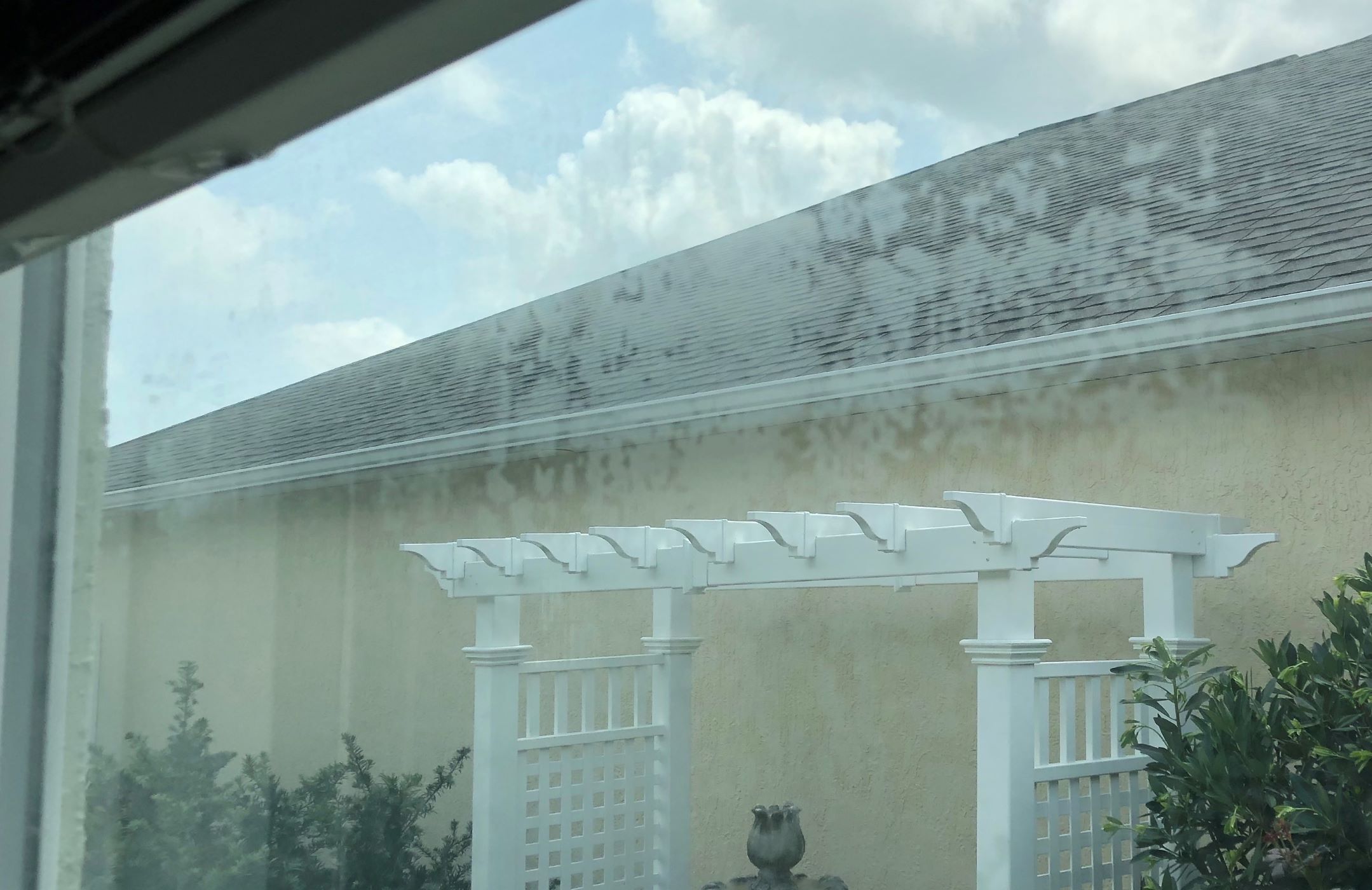
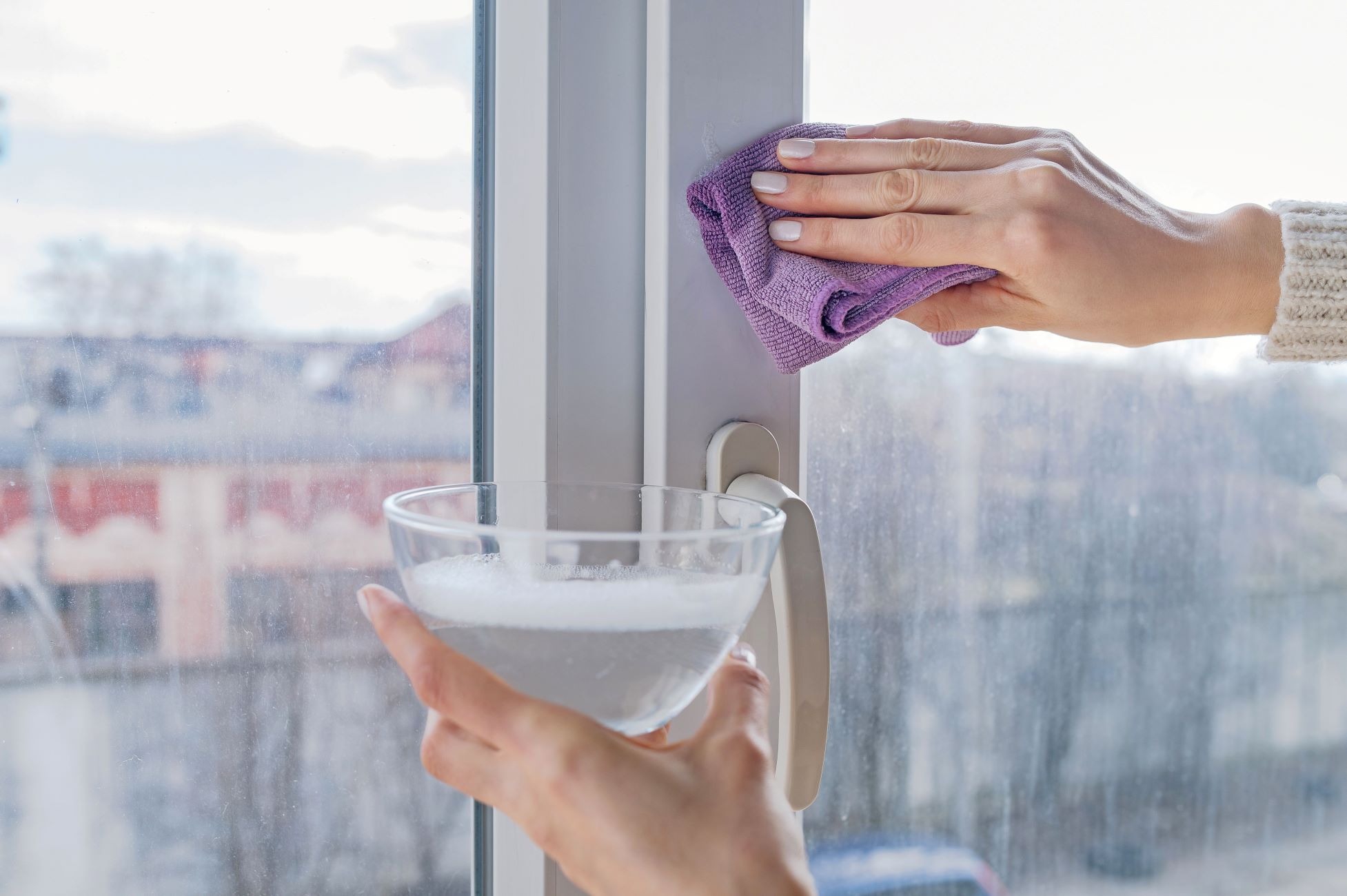
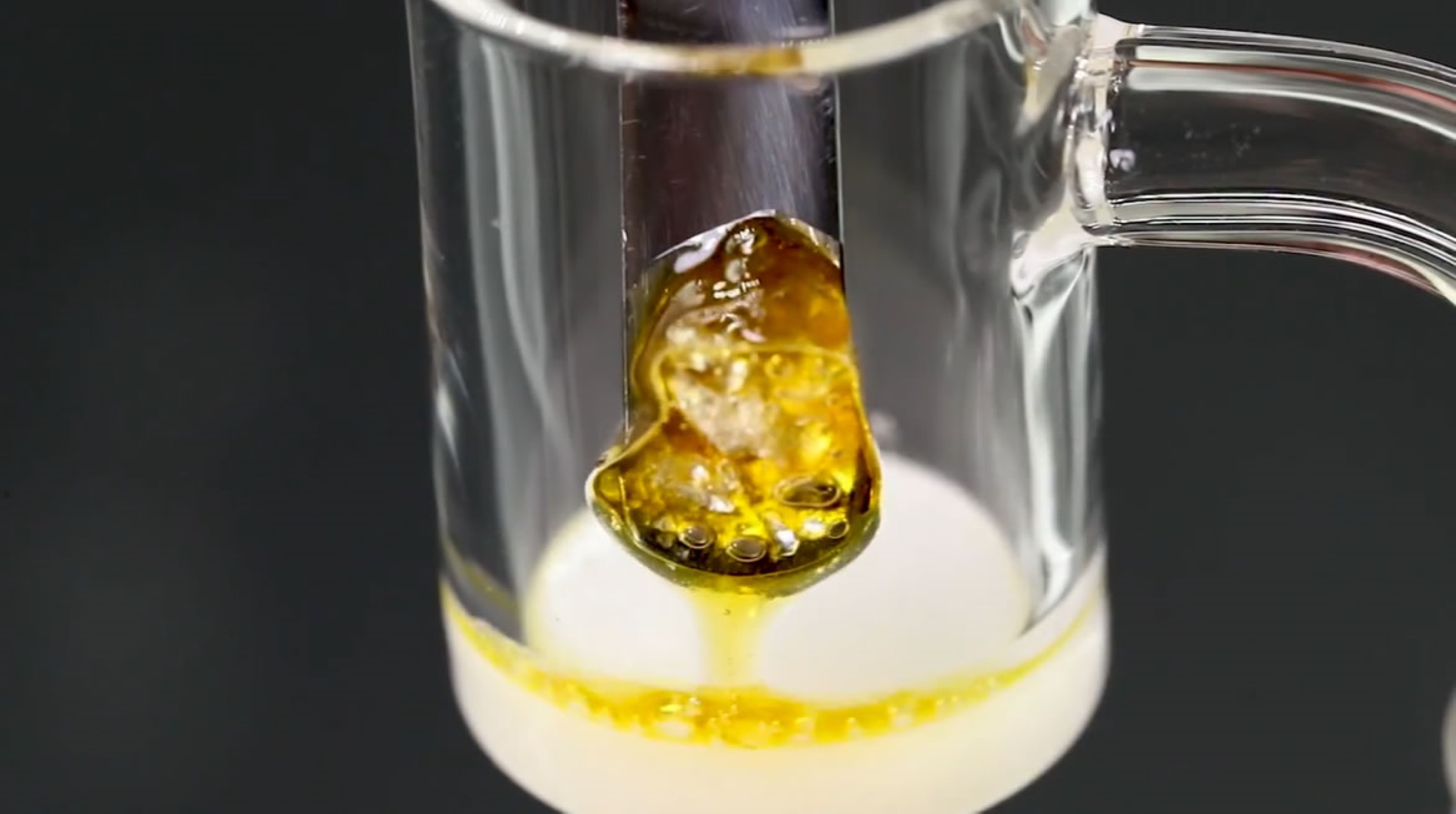
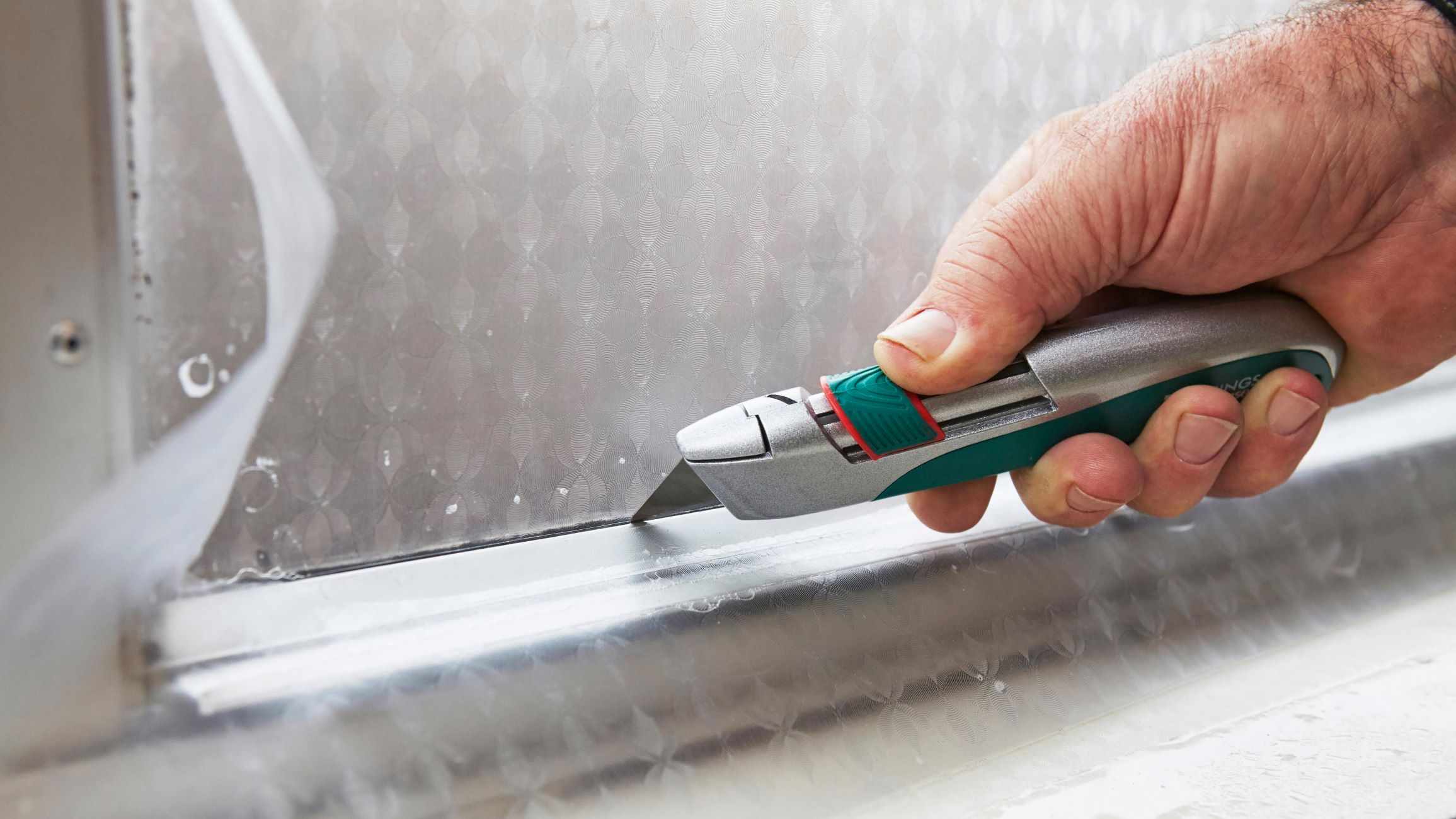
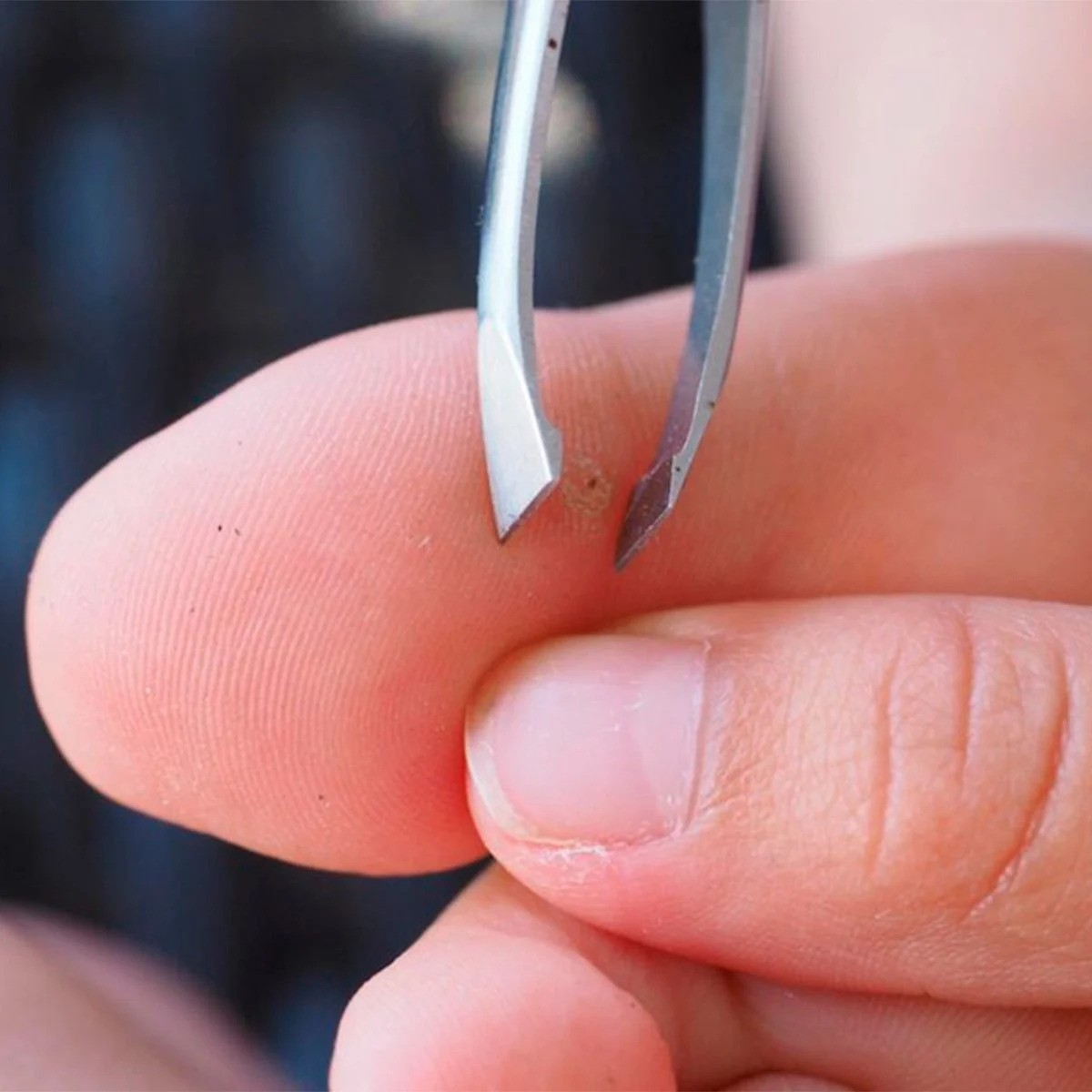

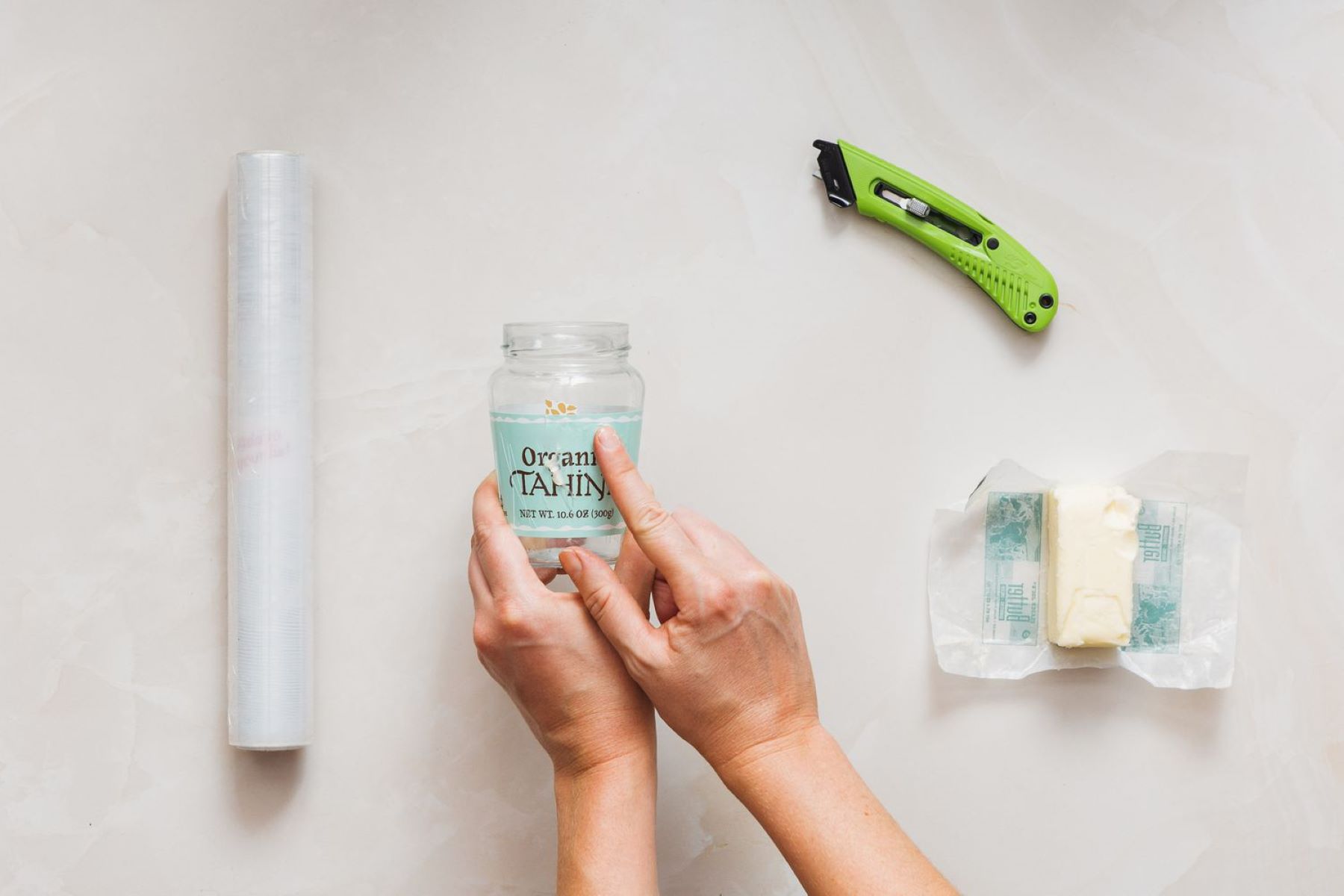
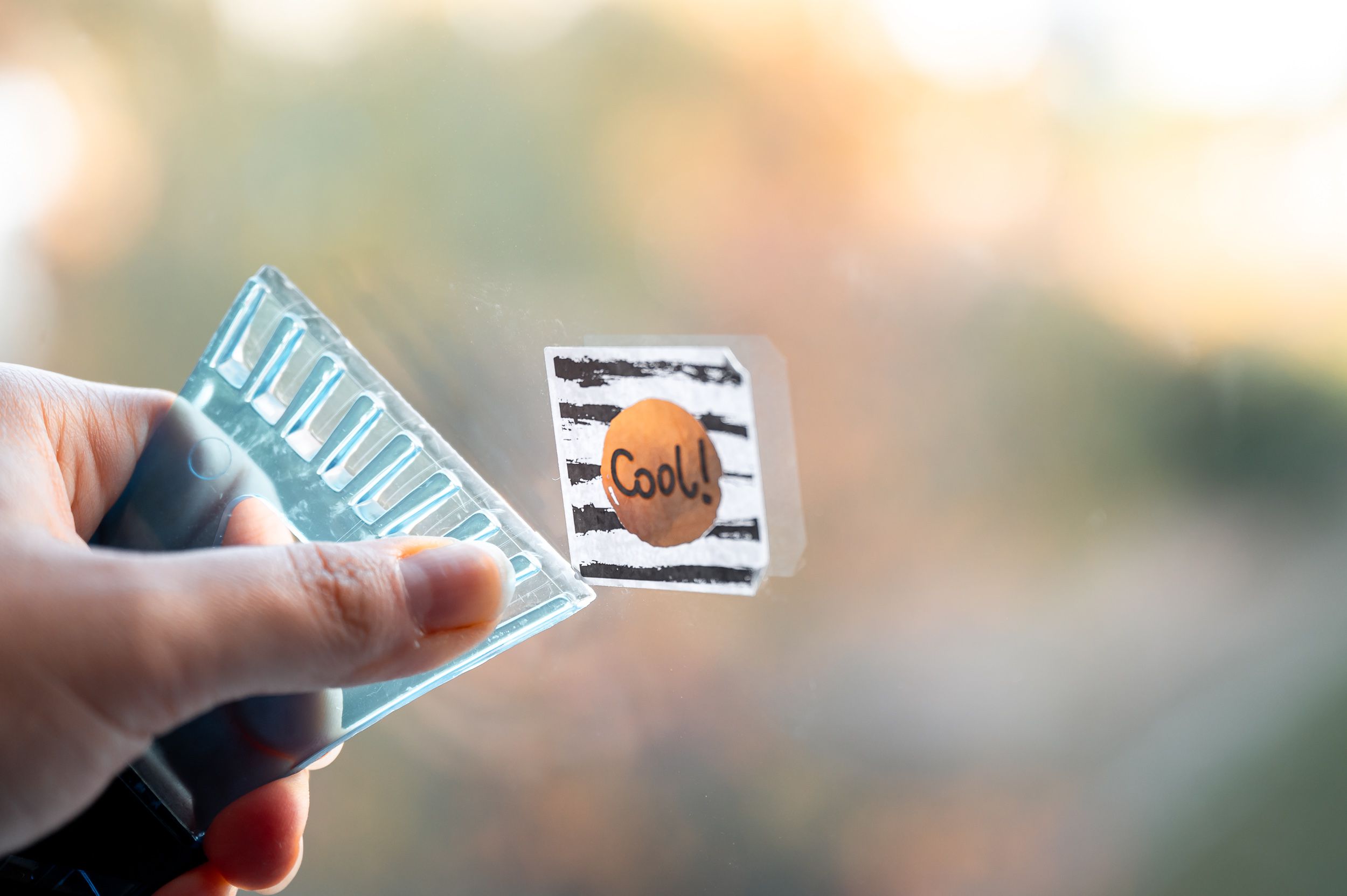

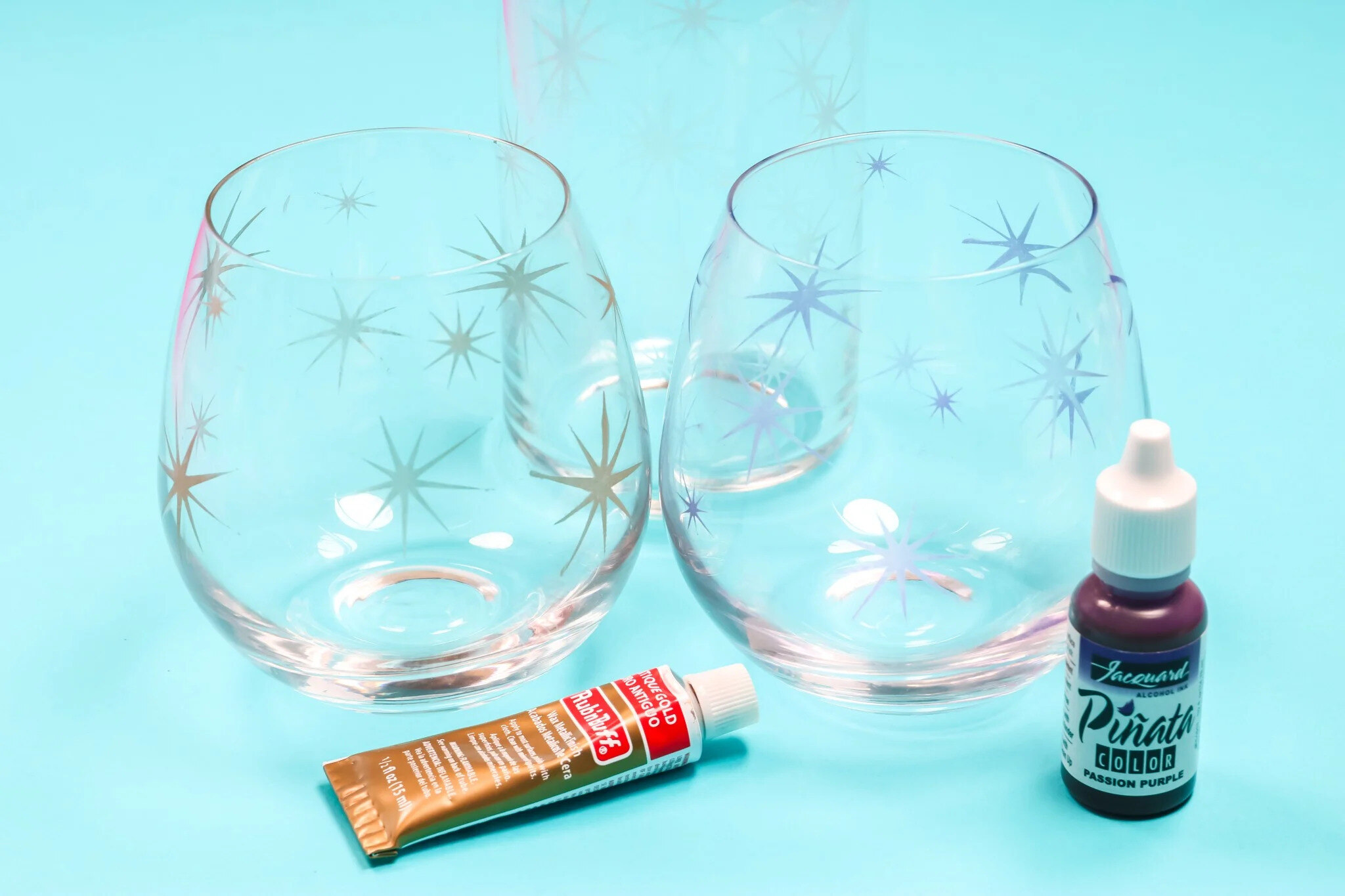
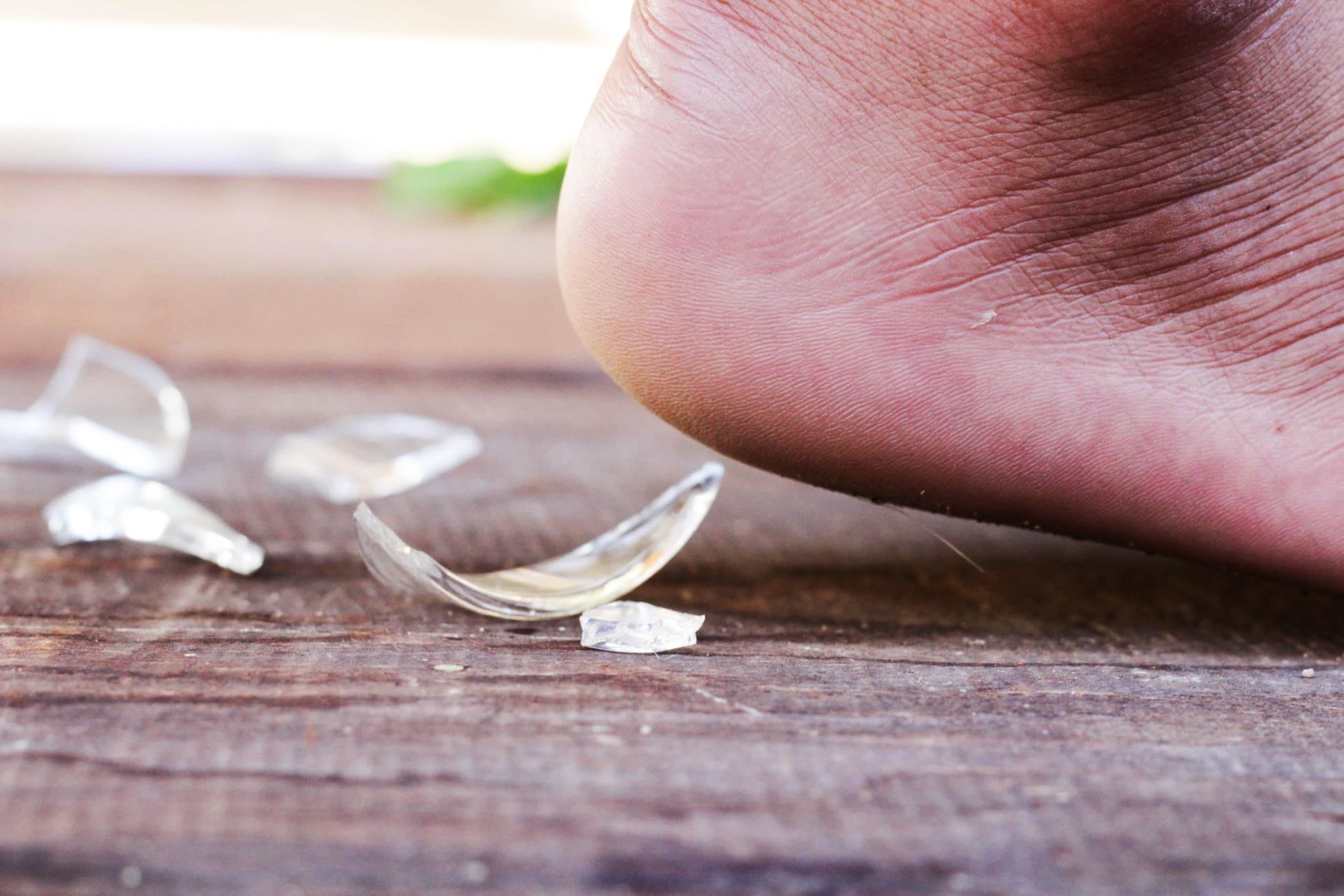

0 thoughts on “How To Remove Glass From Skin”